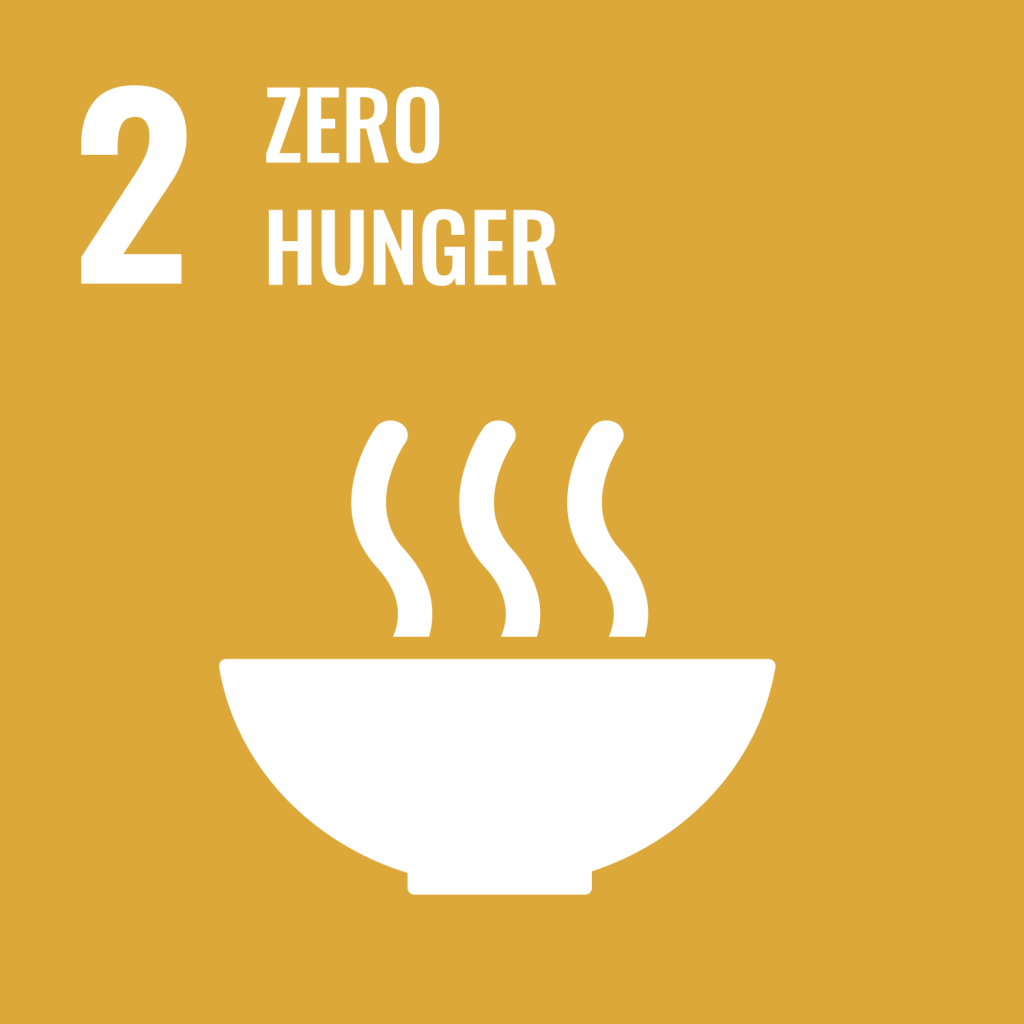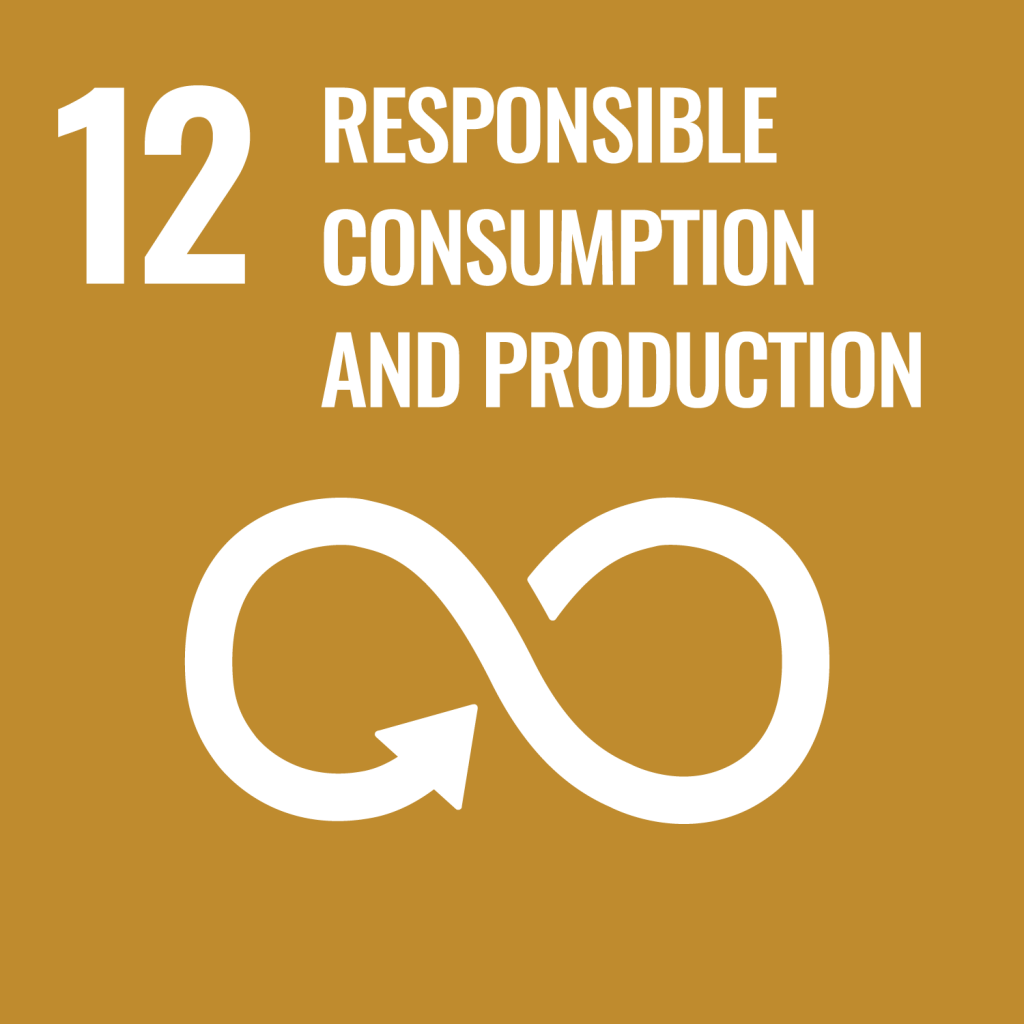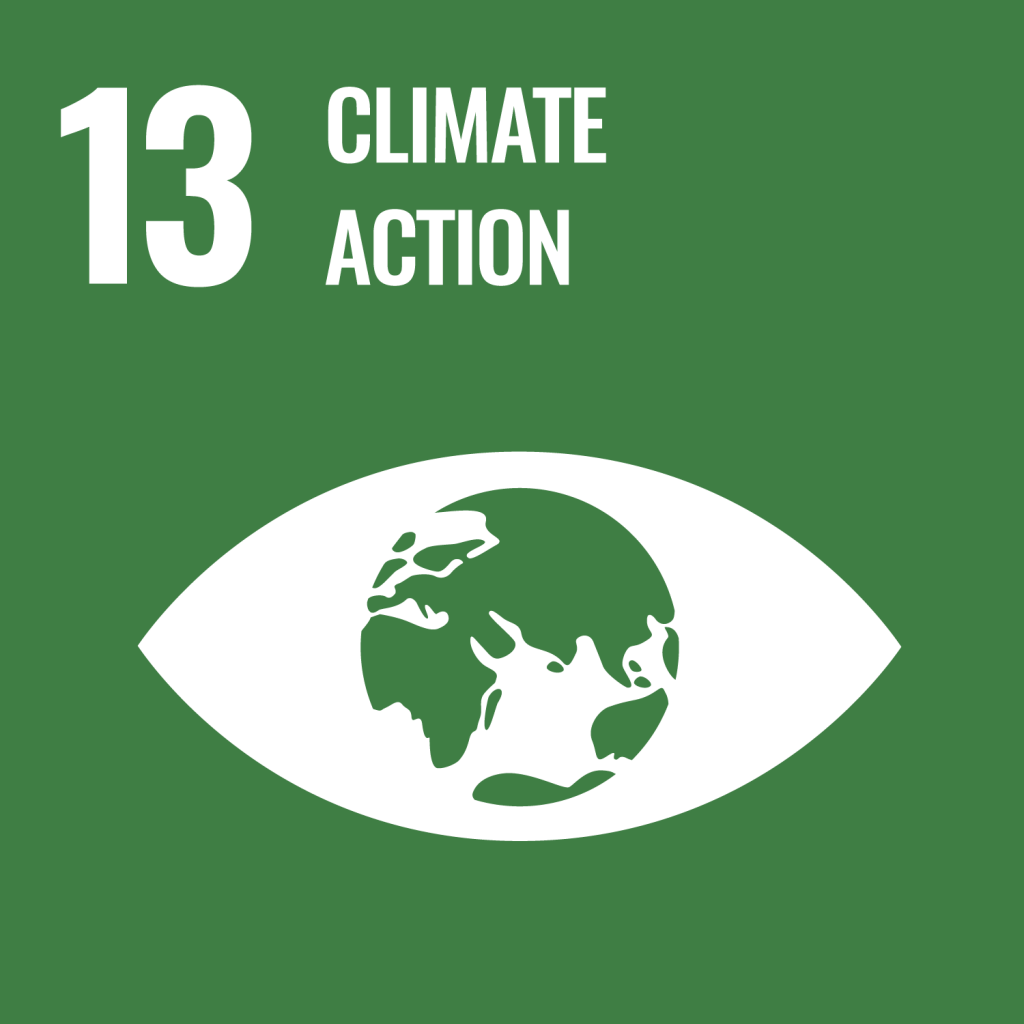February precipitation in the wintering grounds of the lesser whitethroat, Sylvia curruca: Is it a cue for migration onset?
By: Aloni I., Markman S., Ziv Y.
Published in: Royal Society Open Science
SDGs : SDG 13 | Units: | Time: 2017 | Link
Description: Numerous studies report shifts in bird migration phenology, presumably owing to global warming. However, most studies fo cus on migration patterns in the Northern Hemisphere. In this study, we investigated associations between weather conditions in African wintering grounds of the lesser whitethroat, Sylvia curruca, and spring arrival time in Eilat, Israel. Using multivariate regression models, we analysed a 30-year dataset in order to examine correlations between median springtime arrival and 46 climate variables of the wintering quarters. The model obtained exhibited a highly statistical fit, involving mean precipitation in February and March with negative effects and number of wet days during November-February. February precipitation levels were also the major factor associated with the interquartile range of arrival time. Interestingly and contrary to published results, annual or seasonal precipitation showed no correlation with spring arrival time, nor did temperature. Moreover, winter in this region falls into dry season with negligible rainfall quantities. Hence, it is unlikely that precipitation effect on habitat productivity is a driving force of migration, as suggested by other studies. Instead, we propose that precipitation in February acts as a cue for the birds, indicating the approach of spring and migration time. © 2017 The Authors.



















